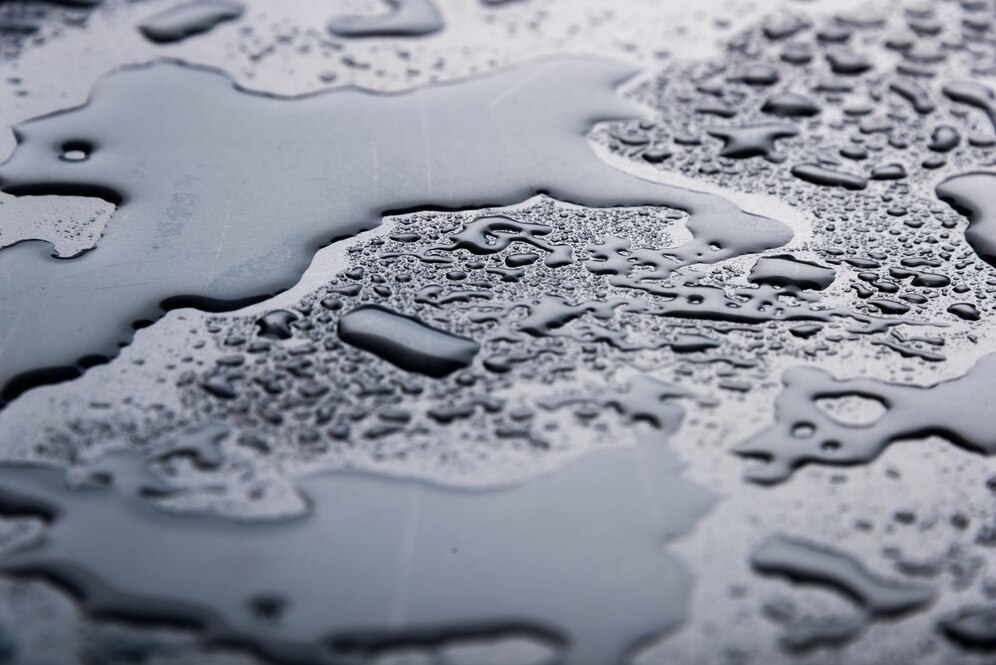Water damage can be a costly and frustrating issue for homeowners. When unexpected leaks or flooding occur, insurance can be a lifeline. But one of the first questions most people have is: How much can I actually get from a water damage insurance claim?
This question depends on a range of factors—from the type of water damage to your insurance policy’s specifics. In this guide, we’ll break down the key factors that determine your claim amount and how you can maximize your payout for effective repairs and recovery.
1. Understanding What’s Covered in a Water Damage Insurance Claim
Not all types of water damage are created equal in the eyes of insurance. Most homeowners’ insurance policies cover sudden and accidental water damage, such as burst pipes or a leaking appliance. However, damage from gradual leaks that happen over time is typically not covered, as it falls under regular maintenance.
Here are some common types of water damage that may be covered:
- Burst pipes
- Overflow from appliances (dishwashers, washing machines)
- Rainwater entering through a broken window or roof
- Fire sprinkler system leaks
On the other hand, damage from neglected maintenance or flooding from natural disasters often isn’t included in standard policies. For flood coverage, you’d likely need a separate flood insurance policy. Knowing what’s covered can help you understand how much of the damage costs your insurance provider might pay.
2. How Claims Are Calculated: Key Factors to Consider
The amount you’ll receive from a water damage insurance claim depends on several variables:
-
Extent of the Damage
The more extensive the water damage, the higher the claim may be. If the damage is limited to one area (e.g., a small leak affecting only your bathroom), your claim payout will be lower than if you’re dealing with multiple rooms, structural damage, or mold issues. To maximize your payout, ensure that your adjuster fully inspects all affected areas. -
Policy Limits and Deductibles
Each policy has a limit, which is the maximum amount the insurer will pay out. For example, if your policy has a $20,000 limit for water damage, that’s the most you can receive for repairs. Additionally, deductibles (the amount you pay out of pocket before insurance kicks in) affect your final payout. If you have a $1,000 deductible, and your damage estimate is $15,000, you’ll receive $14,000 from the insurance provider after covering the deductible. -
Replacement Cost vs. Actual Cash Value
Policies differ in how they reimburse you for losses. Replacement cost policies pay the amount needed to replace damaged items with similar new items, while actual cash value accounts for depreciation. If you have an actual cash value policy, you may receive less, as insurance will deduct the item’s age and condition from the payout.
3. Tips to Maximize Your Water Damage Insurance Claim
To ensure you receive the most from your claim, follow these tips:
-
Document Everything
Take photos and videos of the damage as soon as possible. Keep receipts for any repairs or replacements you make, and don’t forget to note any temporary housing expenses if your home becomes unlivable. -
Be Thorough with the Adjuster
When the insurance adjuster arrives to inspect the damage, walk them through every affected area. Point out any structural issues, waterlogged walls, or potential mold growth. This helps to prevent any missed damage that could affect your payout. -
Seek Professional Assessments
Sometimes, bringing in a contractor to assess the damage can help you get a more accurate estimate, especially if you’re concerned the adjuster’s assessment might be low. The contractor’s report could support your claim if there’s a discrepancy. -
Understand Additional Living Expenses (ALE)
If your policy covers Additional Living Expenses, this can be a big help. ALE includes costs like temporary housing, meals, and transportation while your home is under repair. This coverage can significantly increase the overall amount you receive from a water damage insurance claim.
4. What to Expect in Terms of Payout
On average, water damage claims in the U.S. can range widely, but many settle between $5,000 and $20,000, depending on the damage’s severity. Minor repairs might result in a lower payout, while major incidents, like flooding from a burst pipe affecting multiple rooms, could approach or exceed policy limits.
If your initial payout doesn’t seem sufficient, you have the option to negotiate. Present additional evidence of damages or costs, and don’t be afraid to appeal if you believe your payout doesn’t reflect the actual damage.
5. When to Consider Professional Help
Handling a water damage insurance claim can feel overwhelming, especially if the damage is extensive or the process becomes complicated. In these cases, you might consider hiring a public adjuster. Public adjusters work on your behalf (rather than the insurance company’s) to ensure you receive a fair settlement. They’ll assess the damage, compile reports, and negotiate with the insurance company, typically taking a percentage of the final payout as their fee.
6. Conclusion: Planning for Future Water Damage Protection
After a water damage incident, it’s wise to take preventive steps to avoid another claim. Regularly inspecting your home for leaks, keeping your roof in good condition, and insulating pipes during cold months can go a long way in protecting your home and avoiding future costly claims.
In summary, the amount you receive from a water damage insurance claim varies, but understanding your policy, thoroughly documenting damages, and advocating for yourself during the claim process are all essential steps. By being proactive and well-prepared, you can help ensure that your insurance claim covers the full extent of your water damage repairs, helping you get back to normal faster.

